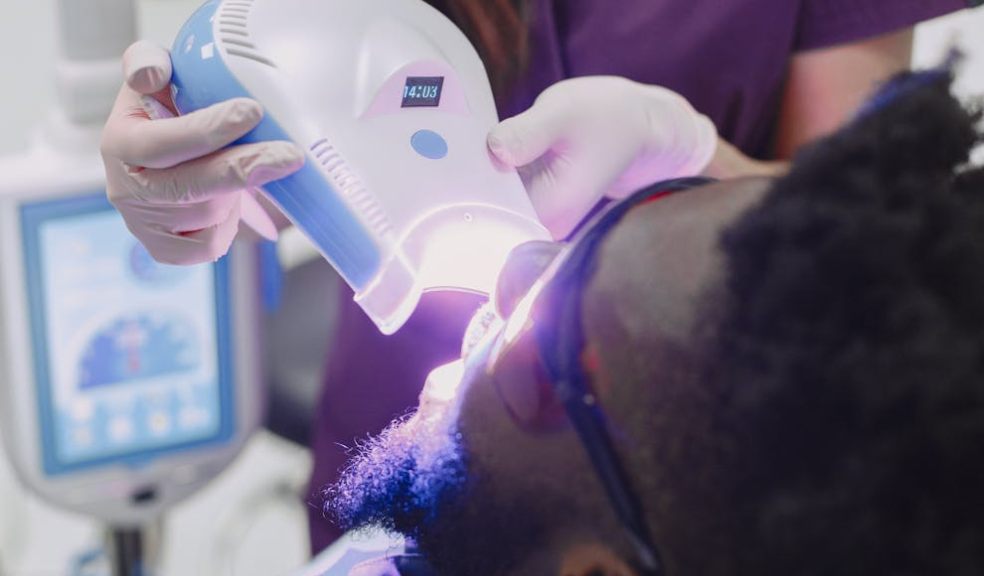
Choosing the Best Teeth Whitening Treatment: Pros and Cons of Different Options
A bright, white smile can boost your confidence and make a lasting impression. However, with so many teeth whitening options available, choosing the right one can feel overwhelming.
From professional treatments like laser teeth whitening to at-home kits, each method comes with its own benefits and drawbacks. In this article, we’ll explore the most popular teeth whitening options, their pros and cons, and help you decide which one is best for you.
In-Office Laser Teeth Whitening
Laser teeth whitening is one of the most advanced and effective whitening methods available. This treatment is carried out by a dental professional and uses a specialised laser to activate the whitening agent, resulting in quick and noticeable results.
Pros:
Immediate results: One of the biggest advantages of laser teeth whitening is how quickly you’ll see results. After just one session, your teeth can be several shades lighter.
Long-lasting effects: With proper care, the results from laser whitening can last for a long time, especially if you maintain good oral hygiene.
Customised treatment: Your dentist will tailor the treatment to suit your specific needs, ensuring the best outcome for your teeth.
Cons:
Cost: Laser teeth whitening is typically more expensive than other options due to the advanced technology and professional oversight involved.
At-Home Whitening Trays
At-home whitening trays are another popular option. These trays, which are either custom-fitted by your dentist or bought over-the-counter, come with a whitening gel that you apply over a period of days or weeks.
Pros:
Convenience: At-home trays offer flexibility, allowing you to whiten your teeth in the comfort of your own home.
Cost-effective: While custom trays from your dentist can be more expensive, over-the-counter trays are typically cheaper than professional in-office treatments.
Gradual results: If you prefer a slower, more controlled whitening process, trays can offer this benefit.
Cons:
Inconsistent results: Over-the-counter trays may not fit as snugly as custom-made ones, leading to uneven whitening.
Longer treatment time: Unlike laser teeth whitening, which provides immediate results, trays require consistent use over several weeks to achieve noticeable results.
Risk of gum irritation: If the tray doesn’t fit properly, the whitening gel can leak, causing irritation to your gums.
Whitening Strips
Whitening strips are thin, flexible strips coated with a whitening agent. These are applied directly to the teeth for a set amount of time each day, usually over two weeks.
Pros:
Affordable: Whitening strips are one of the most cost-effective options for achieving a whiter smile.
Ease of use: Strips are easy to apply and require no additional equipment or visits to the dentist.
Widely available: You can find whitening strips in most pharmacies and online, making them easily accessible.
Cons:
Limited reach: Strips often don’t cover the entire surface of your teeth, particularly molars, leading to uneven whitening.
Temporary results: The whitening effects from strips generally don’t last as long as professional treatments, requiring regular touch-ups.
Conclusion
Choosing the right teeth whitening treatment depends on your goals, budget, and level of convenience. If you’re looking for fast, dramatic results and are willing to invest in a professional treatment, laser teeth whitening is an excellent choice.
For those on a budget or looking for more gradual results, at-home trays or strips may be more suitable. However, it’s important to weigh the pros and cons of each method before making a decision, as the effectiveness and potential side effects can vary.

















